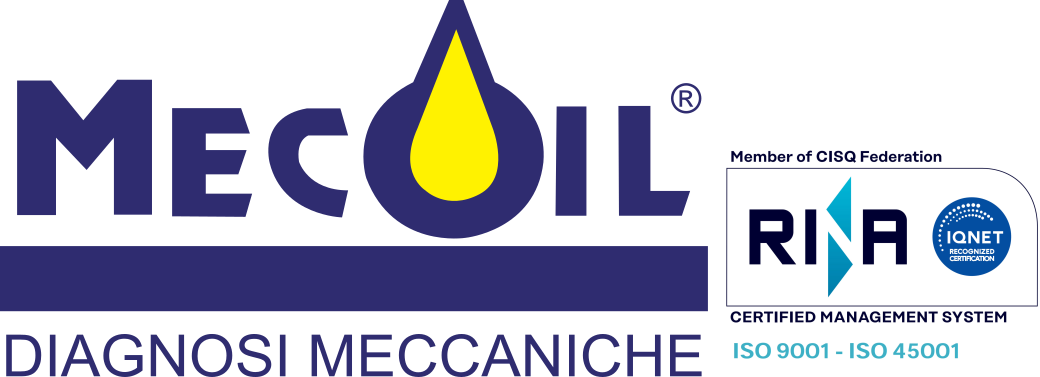The “SOAP” system of oil analysis for Predictive Maintenance, introduced in the 1960s by the US Air Force, has had great success and positive feedback in terms of efficiency and flight safety. We’re talking about more than a million samples annually examined by the J.O.A.P. association (Joint Oil Analysis Program, an inter-force project involving many entities, not only NATO), of which there is extensive technical documentation, with the specific purpose of preventing accidental mechanical failure. In recent years, following the diversification of jet propulsion systems (in some cases the lubricating oil becomes a “throwaway” product and is therefore not manageable) and their improving operational reliability, this method has become obsolete.
The increasingly rare anomalies detected illustrate events of structural failure due to fatigue rather than generalized wear, which entails a different morphological and dimensional release of metal particles. Some people note that the correspondence between analytical results and technical findings by the manufacturer is not always punctual, which would be expected. There is sometimes a lack of feedback loop between the people who have to conduct the so-called “non-destructive monitoring” and the person responsible for inspecting mechanical components.
At the same time, the main authorities responsible for SOAP monitoring have bound themselves to a method (RDE emission spectrometry, now recognised as the ASTM-D6595 method) which still has some inherent shortcomings. Its ability to recognize particles larger than 8 microns is unreliable and difficult to reproduce. This leads to disaffection and the search for investigative technological innovations.
Among these is the automated identification of wear particles, through LaserNet or Ferrography, which with the support of A-RFS (Automated Rotrode Filter Spectroscopy) have now become routine techniques, with procedures shared internationally by many commercial laboratories, not always linked to the military sector. An increasingly important topic when it comes to reaching a diagnosis is the relevance of the digital component; a platform that develops horizontally, broadening its horizons outside the walls of the laboratory itself, can share skills and abilities that are otherwise unreachable.The focus of today’s presentation is precisely on what is being developed in this critical area of prevention.
